Waste Wool Felt Experiment
I don’t even like the term “waste wool.” If I paid for a fleece I want to use all the fleece! But whenever I’ve used wool combs or flick carders there is some short, neppy, and…I admit it, kind of dirty wool fiber left after pulling all the lovely long fibers. Should I throw it away?
Here are some ideas for using up short, “waste” fiber:
- Make wool balls for the laundry.
- Give it to the birds to make nests, if it’s short. Long fibers can be dangerous to little bird babies.
- Use it as the core in a needle-felting project.
- Use it as padding inside stumpwork embroidery.
- Use it as a pad to spread furniture oil.
Or….
Felt with it.
I’ve always heard that the quality of the felt depends on the quality of the fleece and that you’ll get waste felt if you use waste wool. I set out to find out just how bad it could be. 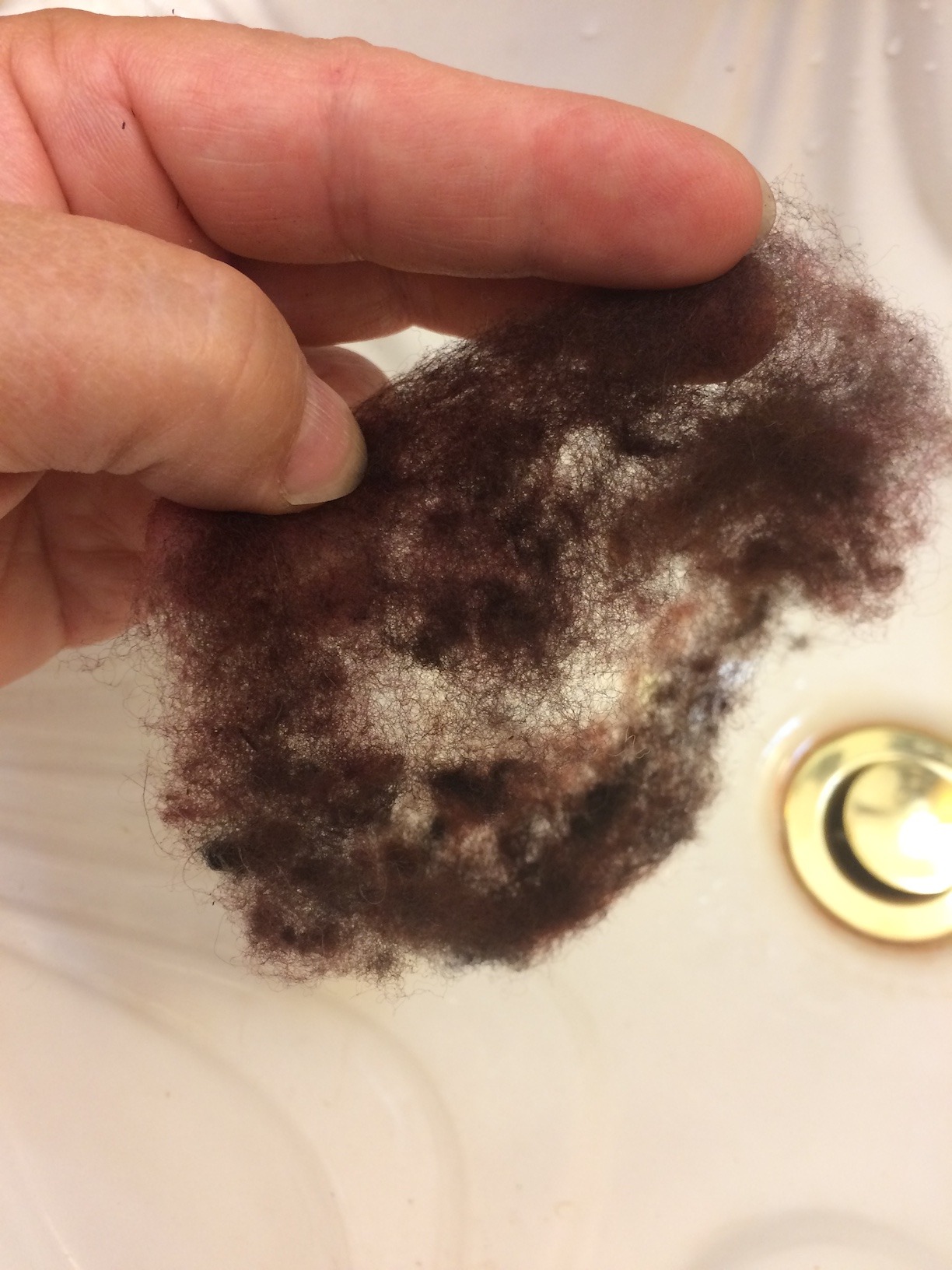
Taking the wool “waste” from my inexpensive dog brushes after flick-carding merino locks, I made a small sample piece of felt with it. Watch the video to see how it went!
My conclusion? The felt fabric made from the waste has smaller patches of color, with some of the neps felted right in. There are even some bits of vegetable matter — bits of straw — which poke out here and there since I made no effort to remove them from the wool. It’s not quite as smooth and elegant as the felt made with the long, smooth fibers. It is not, however, something to be ashamed of because of the obvious low quality of the fibers. In fact, it felted quite easily, had little shrinkage, and looks pretty nice to me!
Comments are always welcome here at SlowYarn! Tell us what you think, share your ideas, or comment on the content. Or you can contact me directly at Kelley@SlowYarn.com.
Thanks!
–Kelley
Copyright © 2018 – 2023 Kelley Adams. All rights reserved.
All text, photos, and graphics are the property of Kelley Adams unless credit is given to an alternative source.
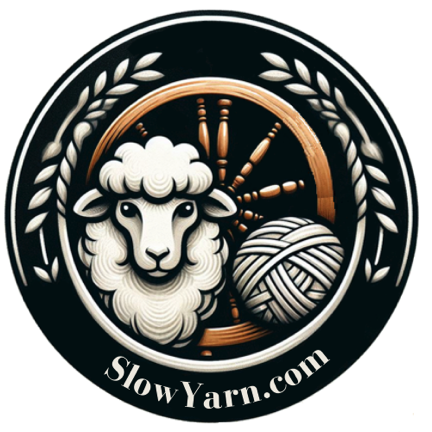
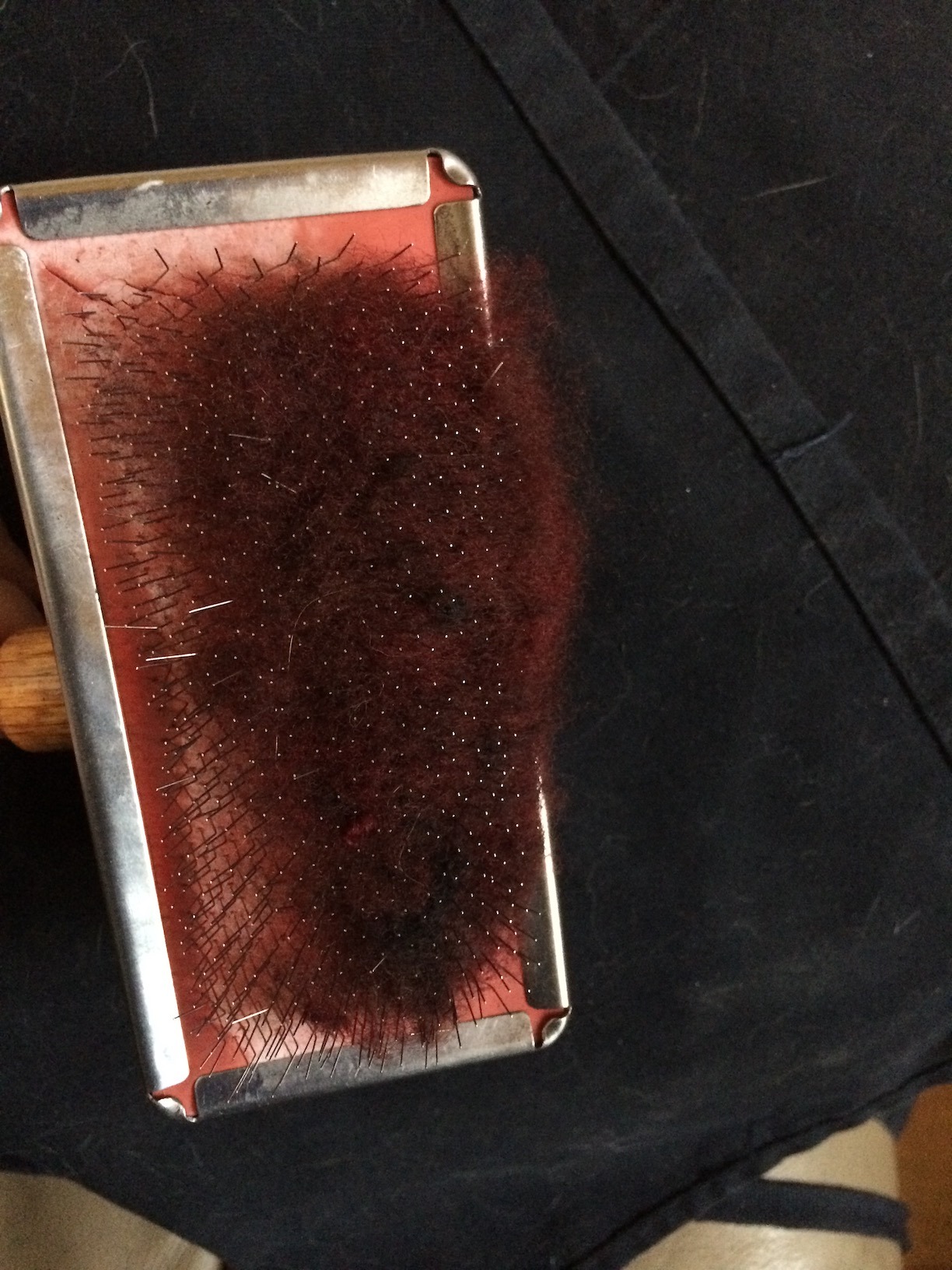
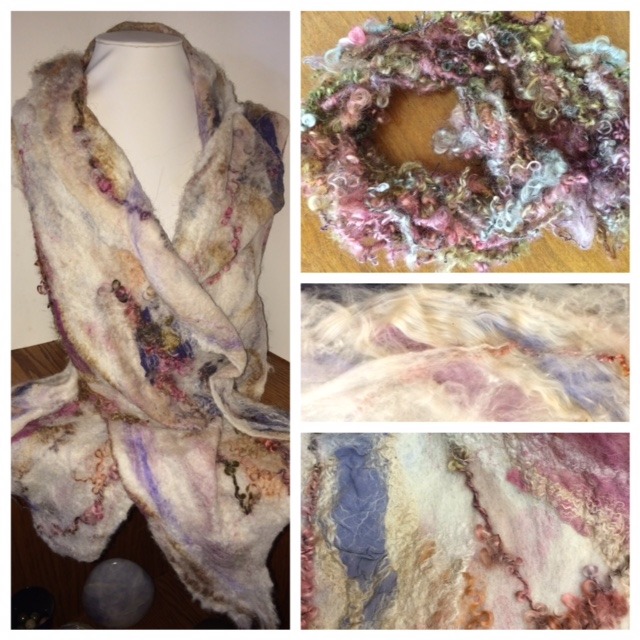
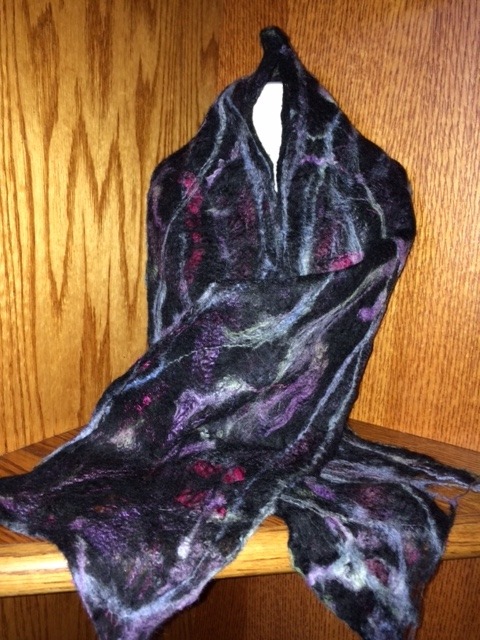
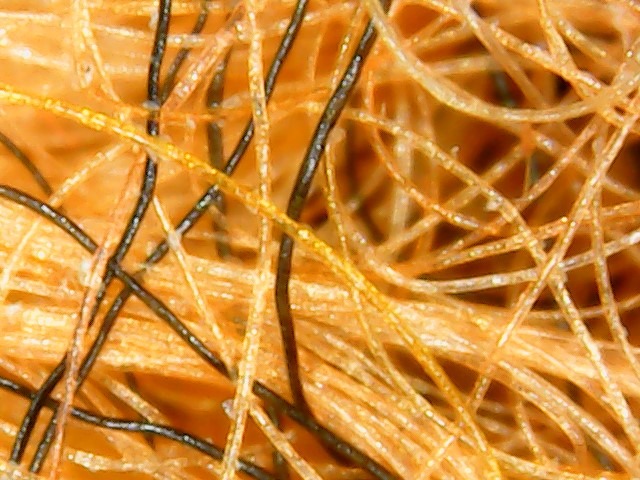









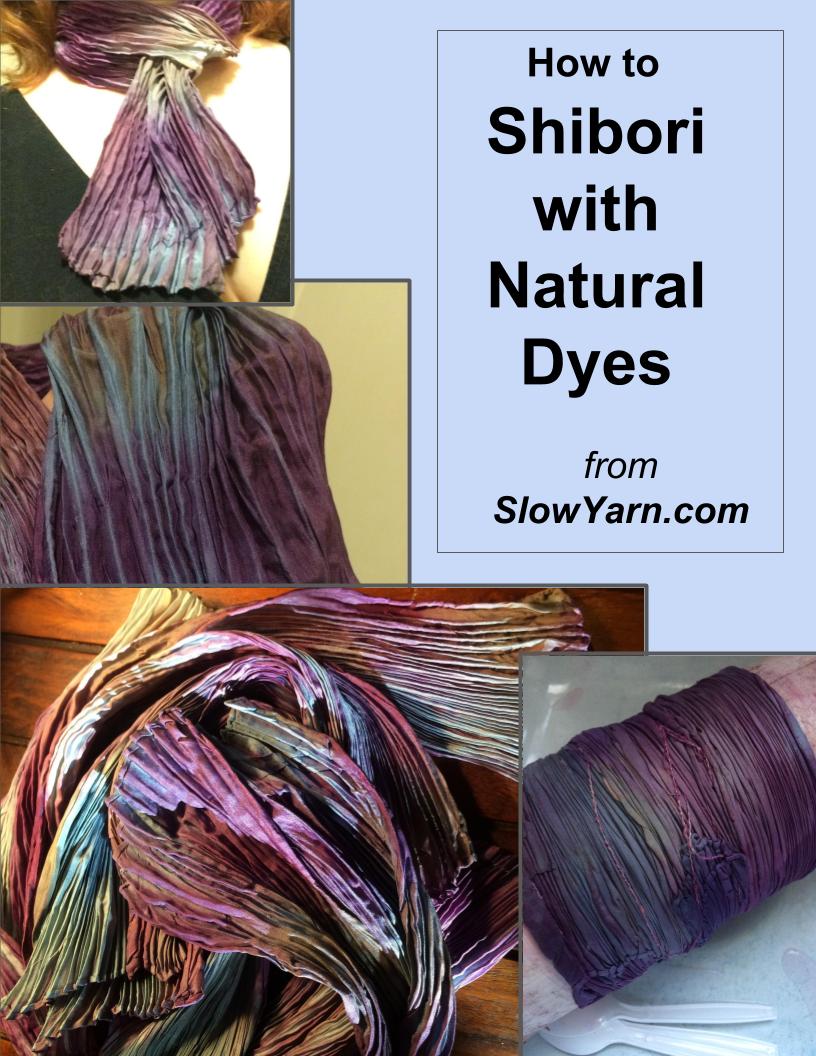
Kelley, I have garbage bags full of both alpaca and sheep wool that I don’t know what to do with. I have tried felting it but it doesn’t hold well. I have been told it’s low quality fibers. What could I do with it?
Melinda, can you send me some photos of both the alpaca and the wool? Send to Kelley@slowyarn.com. I can tell quite a bit by looking at it. If I don’t come up with ideas from photos, you can send me some to experiment with. There is ALWAYS something you can do with wool. Pinky swear!
–Kelley
So glad I came across your post. I spin and weave and have bags of the carded “waste” wool I want to use. I tried the usual wet felting and found it so laborious and painful for arthritic shoulders and hands (I’m 75 y/o) This looks so much more doable for me, I have a washboard and am excited to try. Thanks for the idea.
Hi Virginia! If you’re having hand pain, I have a couple of hints for you. A lot of people use a plastic-covered hand sander (vibrating type) to hurry along their wet felting. I don’t recommend this if you have carpal tunnel, however, as the vibration can really irritate nerves and make carpal tunnel worse. Always raise your work surface to a height where you don’t have to hunch over, and where your hands don’t have to be bent back to be flat on your felt. When you start your felting, sandwich the wool between two surfaces that have some texture. A lot of people use bubble wrap, but I find that too slippery and it adds strain on your hands to try to control that slipping. A better option for arthritic hands or carpal tunnel sufferers is shelf liner. It’s a mesh that allows soapy water through to your fibers, but it’s rubbery and textured so it doesn’t slip around much at all, and has minimal “grabbing” of the fibers that can occur with nylon net or bamboo blinds. Once the fibers are sticking, you can switch to a washboard or just sloshing the felt around in hot water. To help alleviate the hand pain, be sure to stretch before you start felting. Make sure your water is warm– that feels good on arthritic hands and helps the felting happen at the same time! If your hands or shoulders start hurting, try backing off of how much pressure you are applying. If the pain doesn’t ease, give your hands a break. I hope this helps!